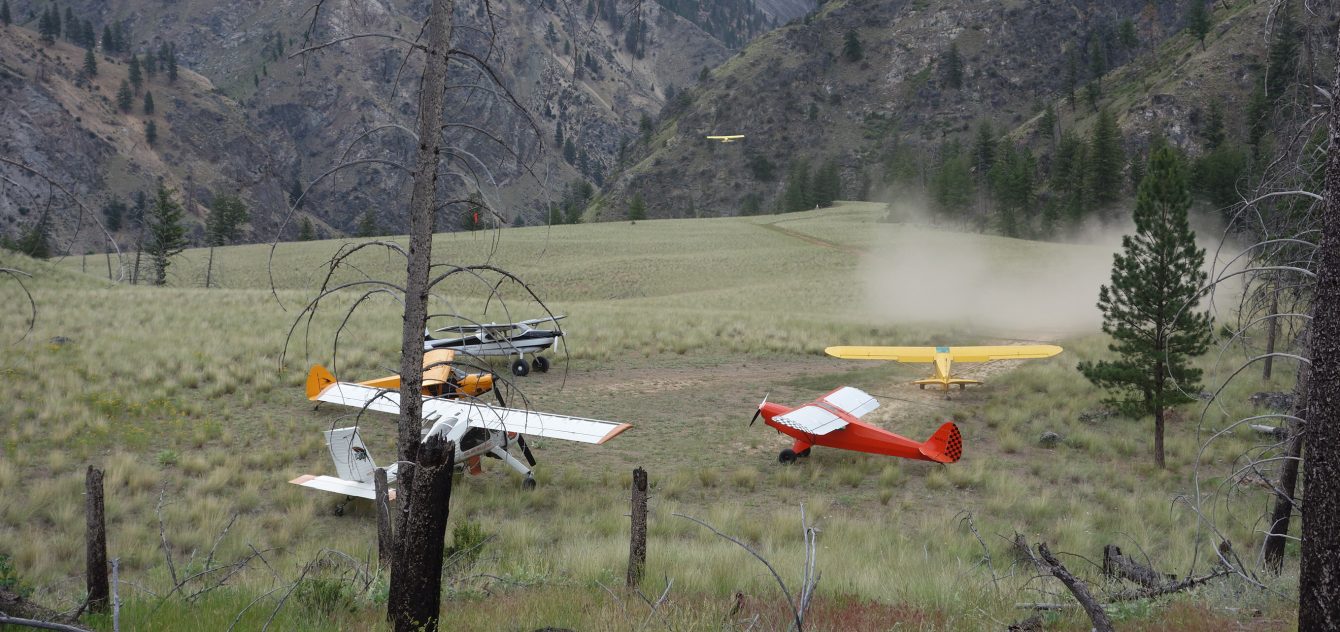MT vs MAC Prop…The shoot out!!!
First off, I must say, I was VERY skeptical about the MT prop. I also know that my report here may bring some of its own skeptism and I realize that. This report is for you to ponder on and please remember, this test was done for me, by me and for my own airplane. Yours is different.
I have heard all the various reports from folks, good and bad along with the “you know, you may end up liking that MT prop, but its MAC that will end up coming to grab you from somewhere when you stranded”…Probably because they simply did not try out the MT.
After flying both the MT and the MAC as well as the big 2 blade MAC, I can say they both have their own pros BUT I have “yet” to find a con with the MT.
Additionally, dealing with both Larry and John at Flight Resources has been nothing short of honest and great to deal with. I tried to call McCauley several times and did not get very far only to get a rep of some short dissing the MT with zero experience using one. Just hearsay from them and lots of speculation. The folks at Flight Resources have never dissed the MAC and have only said, “Just wait until you try the MT. It will speak for itself”. I can tell you here, it has!
The “Pull Test” for both props was done with the very same conditions. My mechanic and I were going to do all the conversions and K factors for sea level and honestly, it made our/his head hurt. I know some of you are incredibly smart here so I ask you to do that for us, please….and then report here obviously. I am very curious what the sea level numbers would look like. My engine is 285hp.
Here you go-
Field elevation: 4900′
Temp: 15c or 59f
Dew: 1c
RH: 39%
Altimeter: 30.30
We did the test twice for each pull starting at 2000rpm and noted the Manifold Pressure. The prop was all the way in and the engine was leaned out and then brought back to peak. Not lean of or rich of, just peak. We also wanted 2700 RPM for the MAC and 2675 for the MT. I know that will bring a question and I will let the professionals speak as to why MT only wanted 2675.
MAC
RPM Manifold Pull #1 Pull #2
2000 2150 375 380
2300 2200 540 531
2400 2250 600 593
2500 2300 686 662
2600 2400 750 755
2700 2470 823 811
Overall Average for the MAC = 817 lbs
MT
RPM Manifold Pull #1 Pull #2
2000 2150 470 460
2300 2200 670 665
2400 2250 778 770
2500 2300 868 870
2600 2400 (Did not reach above 2500rpm on these two tests. We then changed the “Fine Pitch Setting”)
2700
MT with fine pitch setting change
RPM Manifold (same as above) Pull #1
2000 378
2300 537
2400 597
2500 674
2600 737
2675 832
Overall Average for MT 851 lbs
So here comes the math questions for you really smart number guys???
So we came up with 243 horses pulling at 4900′ on this day. a .79 difference between sea level and 4900′..does this sound correct? That would mean the engine pulled 3.36 lbs per each horse. Sound good?
For the MAC we got the 817lb average
For the MT we got the 851 lb average
What would sea level show? Steve Knopp was able to get over 1100 at his factory in WA with his Mac test you can watch on You Tube. Every scale is also different. I got mine from Flight Resources. I am curious about sea level numbers.
The actual weight difference:
MAC with spinner = 77lbs
MT with spinner = 55lbs
22lb difference or 33% less off your nose
Some notable differences.
At start up, the MT “clicks” as you hit the start button. The MAC has very heavy clicks with some continued momentum. Once the MT fires, it goes now. (actually startled me as it went into high speed revolutions quickly and I brought the throttle to neutral immediately).
The breaking power as you roll the prop back in was similar to the MAC however I feel as though it was noticeably different. I almost came out of my seat.
One thing I really thought was incredible was the spool up for a go around when power was applied at the vey last moment. I was purposely set up to land with all configurations set, flaps at 40, prop in and back to almost idol and then went to apply power and it was NOW!! The climb and power was incredible.
On take off you really notice the PFactor on both. The MT at first almost caused me to ground loop. (not really, but I needed more right pedal than what I have been used to). One of my buddies watching got on the radio and said “woaaahh, how was that?” My response was “WOW, very powerful”
The two props are designed very differently. I did the time to climbs and short take off tests with the MAC but have not done them with the MT yet. I just have not had the time.
The numbers above are very accurate and I owe a big thanks to my mechanic Kevin who works at Nervio Aero Service. Those guys are very good out there. I also owe thanks to the several individuals that came out to help with this.
Take these numbers as you see fit. I am not a 135 guy but I do fly a lot and in rough conditions. Time will only tell how the durability with the MT ends up. For now, I am sold. It was only $3500 more than the MAC but the thrust to me is worth every penny.
AKT
